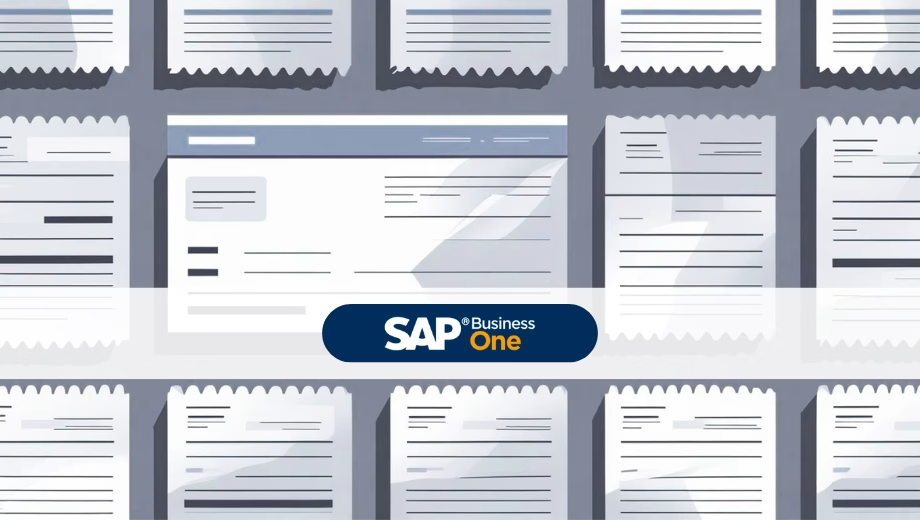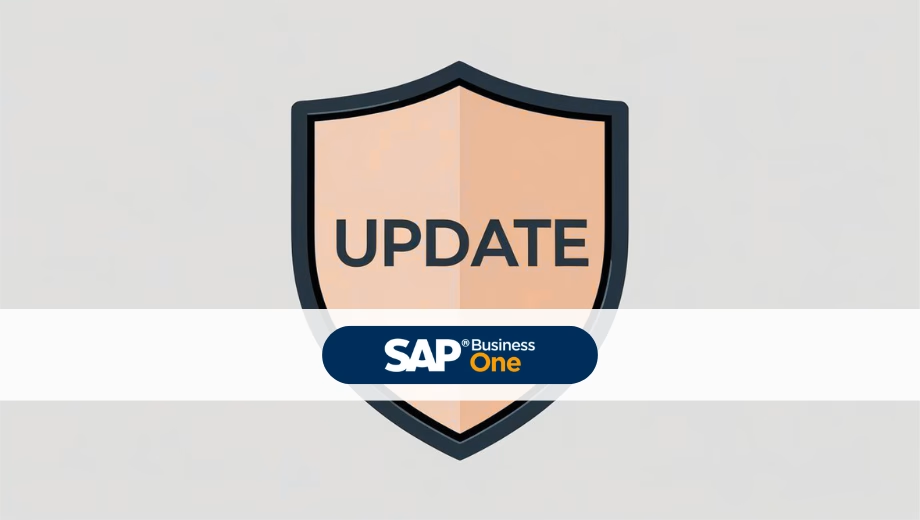the supplier request is an upstream process step in the SAP Business One procurement module that is used to obtain and compare offers from multiple suppliers in a structured manner - based on a previously identified requirement.

Context and area of application:
The supplier enquiry is typically initiated after the purchase requisition and used before the actual order is placed. The aim is to evaluate prices, conditions and delivery options from various suppliers.
Companies use this step to increase transparency and competitiveness in the Purchasing without affecting inventories or carrying amounts.
Process and function in SAP Business One:
- The supplier enquiry can be created manually or with the help of a wizard - usually directly from a order request.
- Several supplier enquiries can be grouped together (e.g. using the group number) to create a standardised supply situation for the same requirement.
- Once the quotations have been received, they are documented manually in the respective enquiry - including price, quantity and date.
- SAP Business One offers an integrated "supplier enquiry comparison" tool for comparing offers. This can be called up separately as a report or started directly from the enquiry.
- After selecting the best offer, the corresponding enquiry is converted into an order. Alternatively, several orders can be generated simultaneously from the comparison report.
- Requests from the same group that are not taken into account are automatically closed - their status changes accordingly and is represented graphically by a lock icon.
Differentiation from related terms:
In contrast to the order requestWhile the supplier enquiry only defines internal requirements, it is the first external step in the procurement process. It influences neither stock bookings nor accounting values - unlike the an orderwhich triggers a legally binding transaction.
Example:
A company uses material requirements planning to determine that raw materials are required for production. A purchase requisition is created. This results in three supplier enquiries to different suppliers. After comparing offers, an order is generated from the most economical enquiry. The other two
Requests are closed automatically.

Purchasing documents in SAP Business One - consistently efficient

Budgets in project-related purchasing with MariProject

Purchasing like "the big boys" in SAP Business One with andavis ordermanager

SAP Business One Roadmap: 5 surprising truths

New features in SAP Business One 10.0 FP 2508
